Over 5,000 years ago, on the battlefield of Kurukshetra, two armies comprising tens of thousands of men were ready to begin a war. The Pandavs were led by Arjuna, a warrior whose archery skills were unbeatable. At the last minute, before the war was to commence, Arjuna put down his weapons and declared to Krishna his decision not to fight. He reasoned that the war would kill tens of thousands of people all for a kingdom. It took the whole of the Bhagavad Gita to convince Arjuna to fight.
Even after Krishna destroyed all his doubts, Arjuna asked to see Krishna in his form as a supreme God. In short, Arjuna wanted to avoid confrontation at any cost.
In 1191, Muhammad Ghouri from Afghanistan attacked the Hindu king Prithviraj Chouhan. He was defeated, but Prithviraj let him go free. Prithviraj was probably influenced in his decision by his Dharma of compassion, or in the hope that Ghouri would never attack again as his life was spared — a good example of avoiding confrontation.
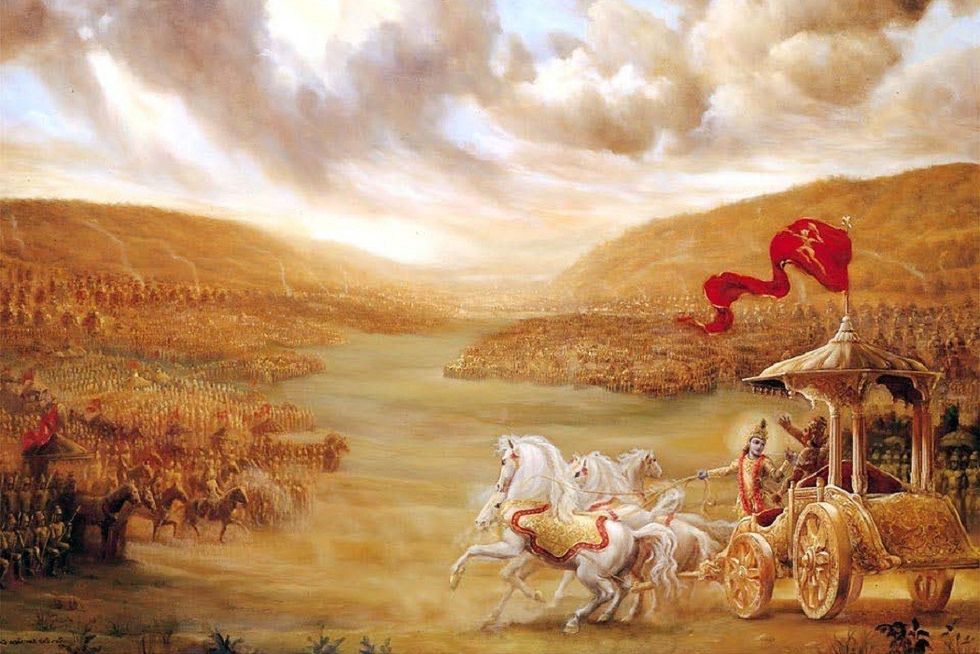
It is believed by many that Ghouri had attacked many more times and had been defeated but was allowed to go free. Regarded as one of the costliest mistakes of history, Mohammad Ghouri returned with a stronger and much larger army in 1192 CE. Prithviraj was defeated. Ghouri had Prithviraj's eyes gouged out and killed him mercilessly. Islam got a foothold in India after the defeat of Prithviraj, and most of Punjab, parts of Bihar, Bengal and parts of Gujarat fell under the rule of Ghouri.
Going back to the Mahabharata, Asvathama, who fought for the Kauravas, killed all the children of the Pandavas. When he was caught by the Pandavas, they decided to let him go because he was a Brahmin. In fact, Asvathama was Brahmin only by birth. By Karma, he was a Kshatriya. The same Asvathama at a later stage fired a powerful nuclear arrow towards the pregnant Uttara.
Once again, Lord Krishna had to appear and protect Uttara. Had Asvathama succeeded, he would have obliterated all the future Pandava dynasty. Here we see the urge of the Pandavas to go by the rules of Dharma and follow a moral code. Lord Krishna himself insisted to Arjuna that in some cases, the moral rules would need to be ignored.
The first Prime Minister of India, Pandit Nehru, believed that India did not need an army at all. He reasoned that India was a land of Ahimsa and so would not need to fight anyone. In 1962, China invaded India and has since occupied 38,000 km² of the Aksai Chin region in Kashmir, which is an extension of the Tibetan plateau. One can see here again a tendency to avoid any confrontation and naively believe the other party will play fair.
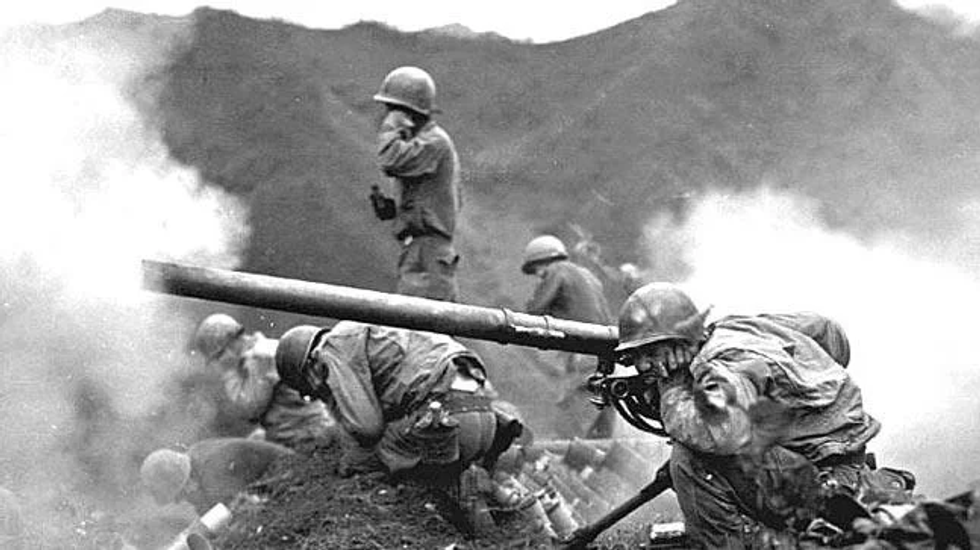
In 1965, Pakistan launched Operation Gibraltar against India. It was designed to infiltrate soldiers into Jammu and Kashmir and cause an uprising. Under international pressure, the then PM Lal Bahadur Shastri went to Tashkent and signed a peace treaty with Pakistan. While there, he died mysteriously. The treaty called upon both sides not to interfere in each other's affairs. It was not worth the paper it was written on.
In 1971, another war broke out between India and Pakistan. India won the war, which resulted in the creation of Bangladesh. Even though India won the war, it failed to grasp any long-term gains. Indeed, Bangladesh was quick to ask the Indian army to leave once they had been liberated.
The same Bangladesh today has turned against India and is persecuting Hindus. Following the 1971 war, the then PM Indira Gandhi and Pakistan PM Bhutto signed the Shimla Agreement. Both nations committed to establish peaceful coexistence and mutual respect. Again, an agreement not worth the piece of paper it was written on. Indian forces had captured around 15,010 km² (5,795 sq mi) of land during the war but returned it after the Shimla Agreement as a gesture of goodwill.
In 1984, under Prime Minister Rajiv Gandhi, the Indian Army launched Operation Meghdoot, a military operation to seize control of the Siachen Glacier. This operation was a pre-emptive move as it was believed that Pakistan was also planning to take control of the glacier. In spite of the Pakistani attacks, India granted it MFN (Most Favoured Nation for trade purposes) status in 1996. However, Pakistan did not reciprocate. India withdrew its MFN status in February 2019 following the Pulwama attack.
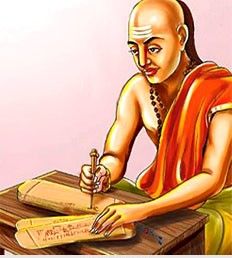
On 20 February 1999, PM Vajpayee visited Pakistan and signed the Lahore Declaration. It was hailed as a turning point in relations between the two countries. However, in a classic case of treachery, just a few months later between May and July, under the leadership of Chief of Army Pervez Musharraf, the Pakistan army occupied Indian territory in Kargil. Some Indian soldiers protecting the area had their eyes gouged out.
India successfully dislodged the Pakistani occupiers. In the conflict, 527 Indian soldiers were killed and 1,363 wounded. India's Jat Regiment managed to occupy a strategically important mountain peak on the Pakistani side of the LoC near Dras, Point 5070, and subsequently renamed it Balwan.
On 24 December 1999, Indian Airlines Flight 814, commonly known as IC 814, was hijacked by five members of Harkat-ul-Mujahideen. A plan to send in commandos to neutralise the terrorists did not materialise. The then PM Vajpayee agreed to release three terrorists in exchange for the release of 160 passengers.
Of the terrorists released, Omar Sheikh went on to finance one of the hijackers of the 9/11 attacks and the kidnap and murder of American journalist Daniel Pearl. Maulana Masood Azhar formed Jaish-e-Mohammed, a United Nations-designated terrorist organisation. Maulana Masood was the mastermind behind the Parliament attacks in 2001, the 2016 attacks on the Indian Air Force base in Pathankot, and the killing of CRPF jawans in 2019 in Pulwama. He is responsible for hundreds of Indian deaths.
After the attack on Parliament, the then PM Vajpayee mobilised the army to attack Pakistan. Once again, due to international pressure, PM Vajpayee stopped the army which was eager to launch an invasion. LeT, the other terrorist organisation co-founded by Hafiz Saeed, is also responsible for many attacks on India.
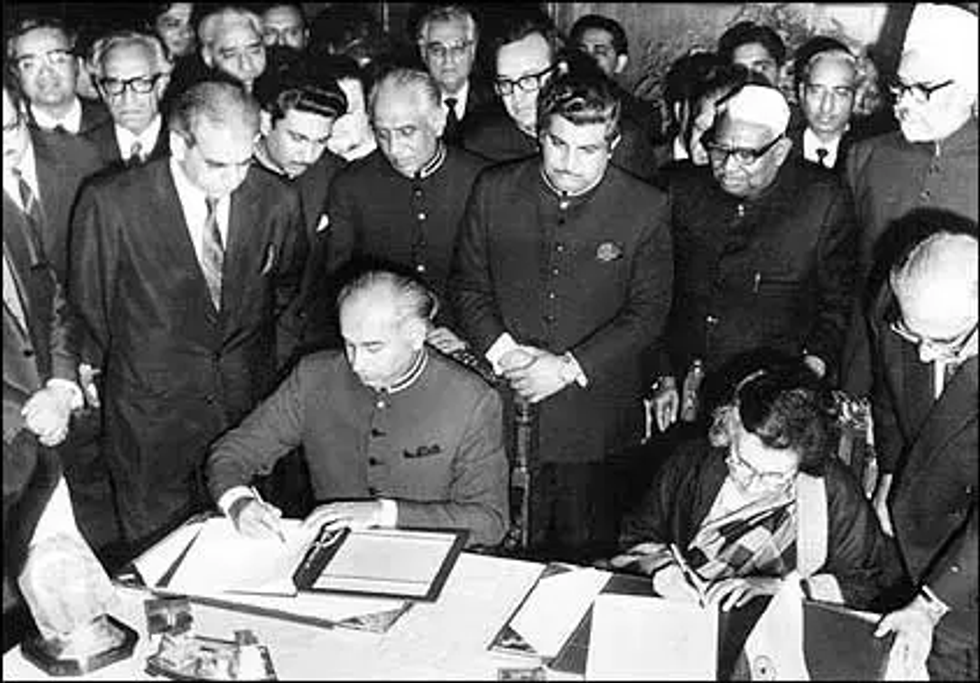
The blasts in Delhi in October 2005 killed four people. On 11 July 2006, seven blasts ripped through trains in the evening rush hour in Mumbai. 189 people were killed and more than 800 were injured. The 26/11 Mumbai attacks in November 2008 claimed 166 lives. The terrorists held the whole country to ransom for three days.
India had to retaliate but PM Manmohan Singh and the Congress party decided against taking any action. One of the reasons given was that India would gain world sympathy — a classic case of avoiding confrontation at any cost.
LeT also masterminded the Uri army base attack, killing 19 soldiers in September 2016. For the first time under the Prime Ministership of Modi, India took offensive action. On 29 September 2016, teams of Indian Army Para (Special Forces) crossed the Line of Control into Pakistani-administered Kashmir to attack targets up to a kilometre within territory held by Pakistan. Around 35 to 40 Pakistani soldiers were killed or injured.
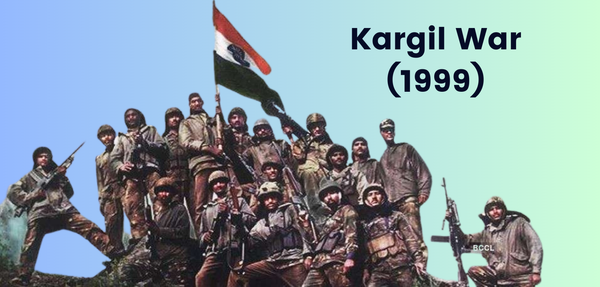
In 2010, a bomb blast in a crowded bakery in the city of Pune killed nine people and wounded 57. Through all this, ‘cultural’ exchanges were going on between the two countries. In December 2015, PM Modi made an impromptu visit to Lahore as a goodwill gesture and met PM Sharif. Unfortunately, in Pakistan, it is the military which calls the shots, not the governing parties.
After the Pulwama attack, PM Modi targeted the terrorists inside Pakistan with a missile attack. However, it seems to have had little impact on the terror groups. They carried out the dastardly act of killing 26 Hindus in Kashmir on 26 April 2025. PM Modi ordered attacks on nine terrorist hubs.
However, the mini conflict came to an abrupt end and both India and Pakistan declared a ceasefire. What assurances India received from Pakistan is not clear. Indeed, terrorists from Pakistan have already attempted two terror attacks but were neutralised by the Indian army. India could have demanded the release of Kulbushan Yadav, who has been incarcerated in Pakistan on spying charges for nine years.
Though India has always come out on top on the war front, on the negotiating table it seems to surrender all the gains with little in return. Pakistan-based terrorists have killed hundreds of Indian soldiers over the decades and got away with it.
India needs to revisit the great political master Chanakya and his treatise Arthashastra on war and peace.
(Nitin Mehta is a writer and commentator on Indian culture and philosophy. He has contributed extensively to discussions on Hinduism, spirituality, and the role of Gurus in modern society. You can find more of his work at www.nitinmehta.co.uk.)
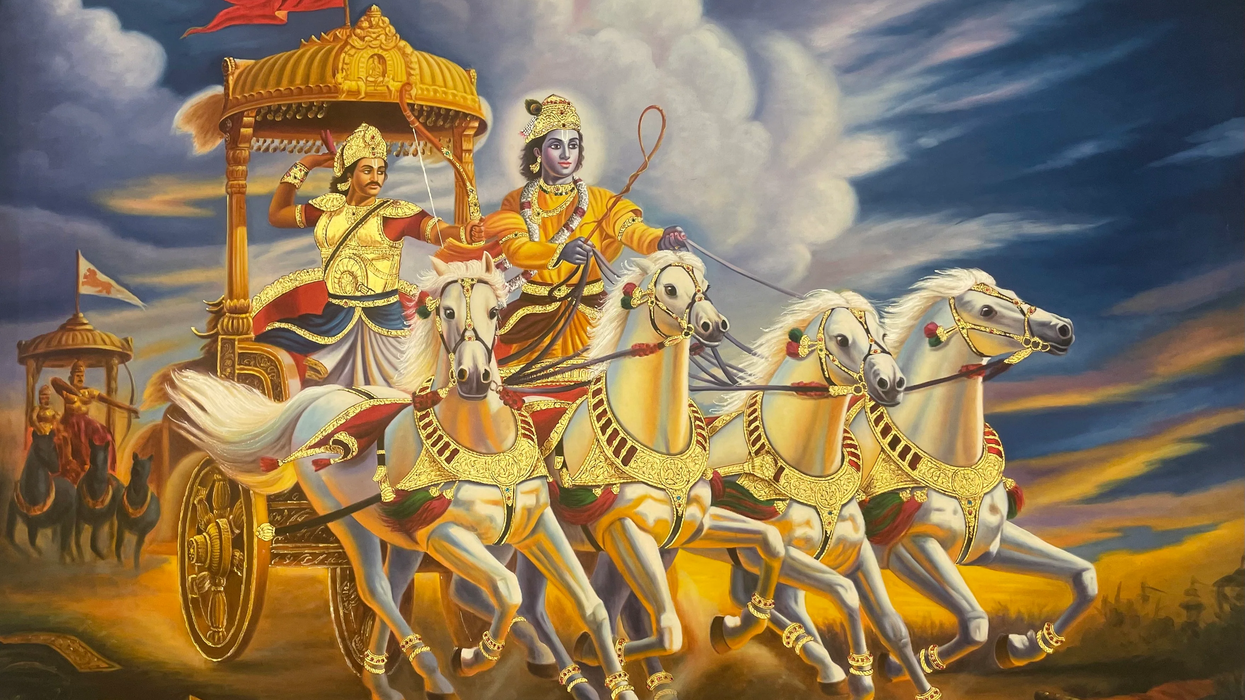


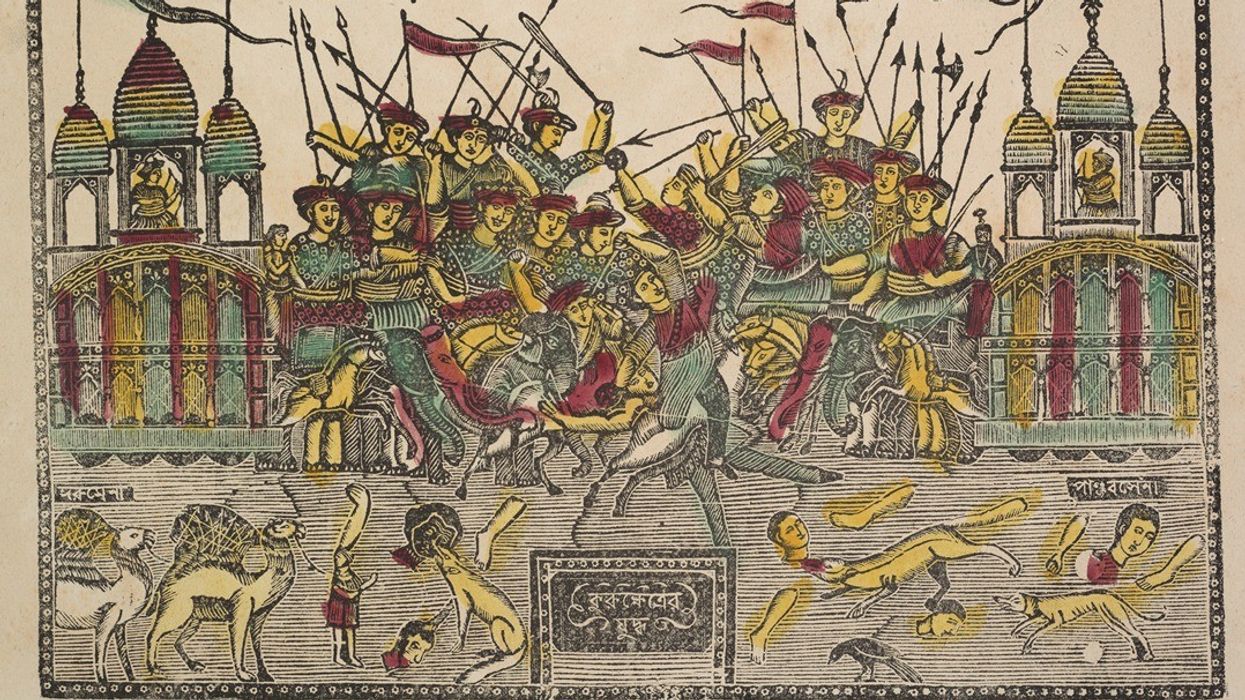

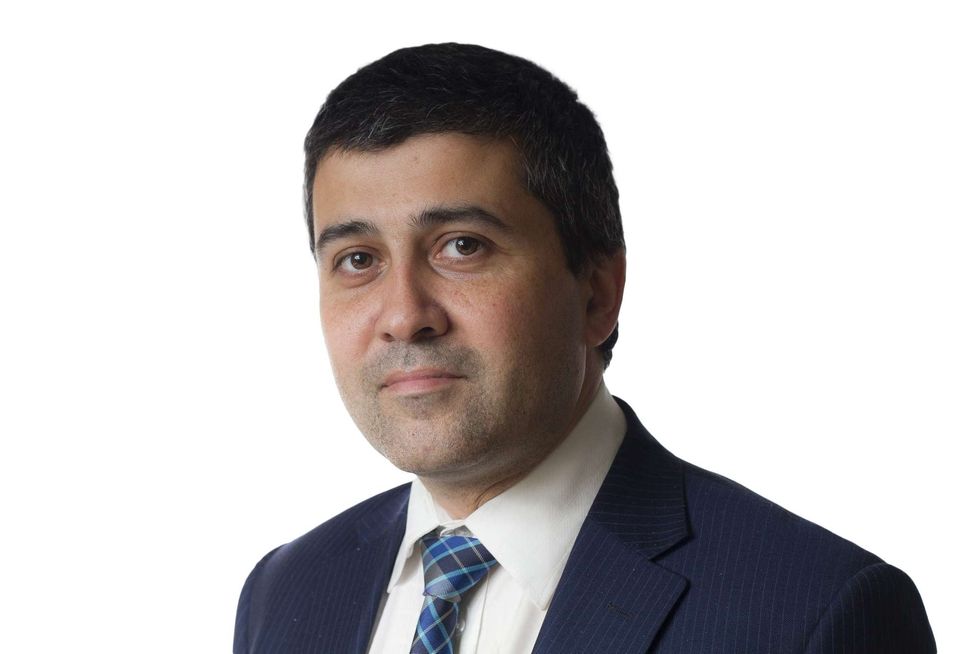 Sunder Katwala
Sunder Katwala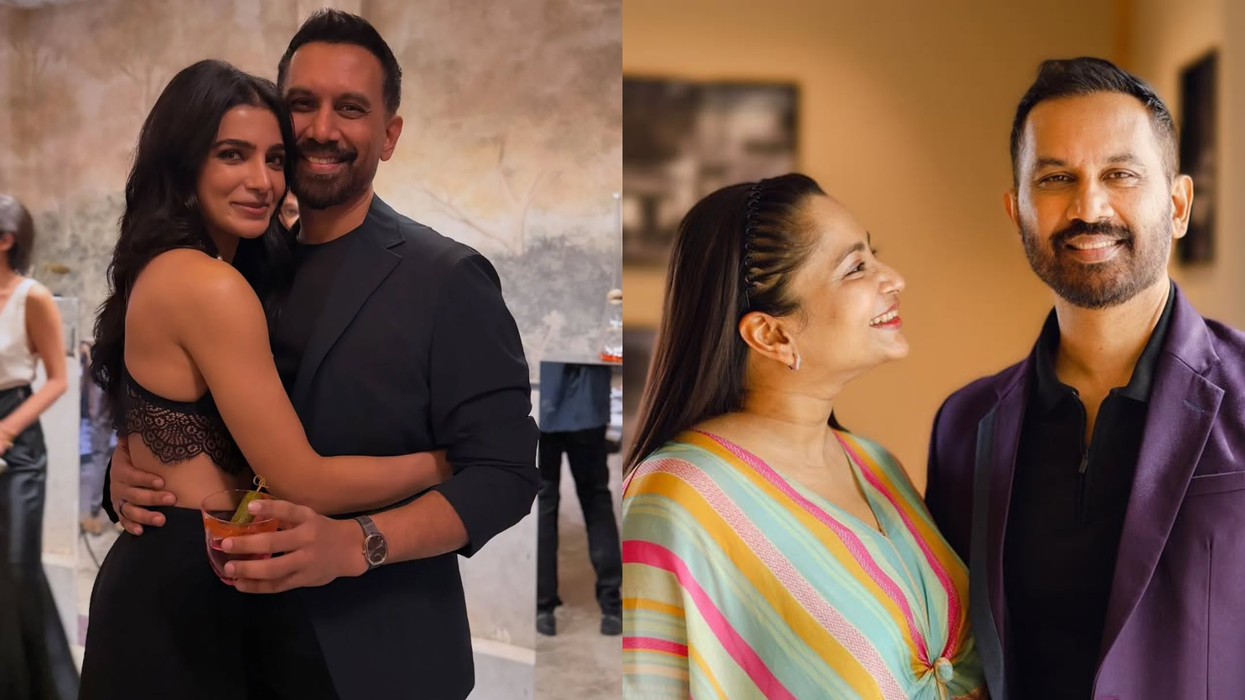




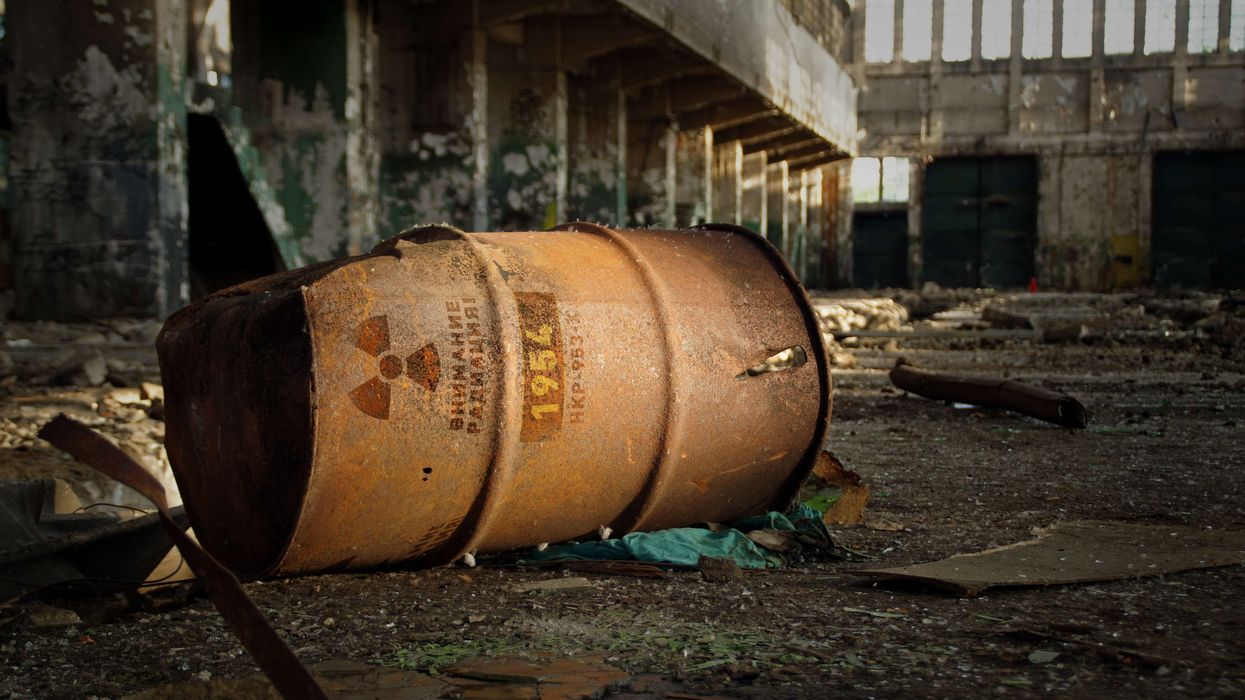
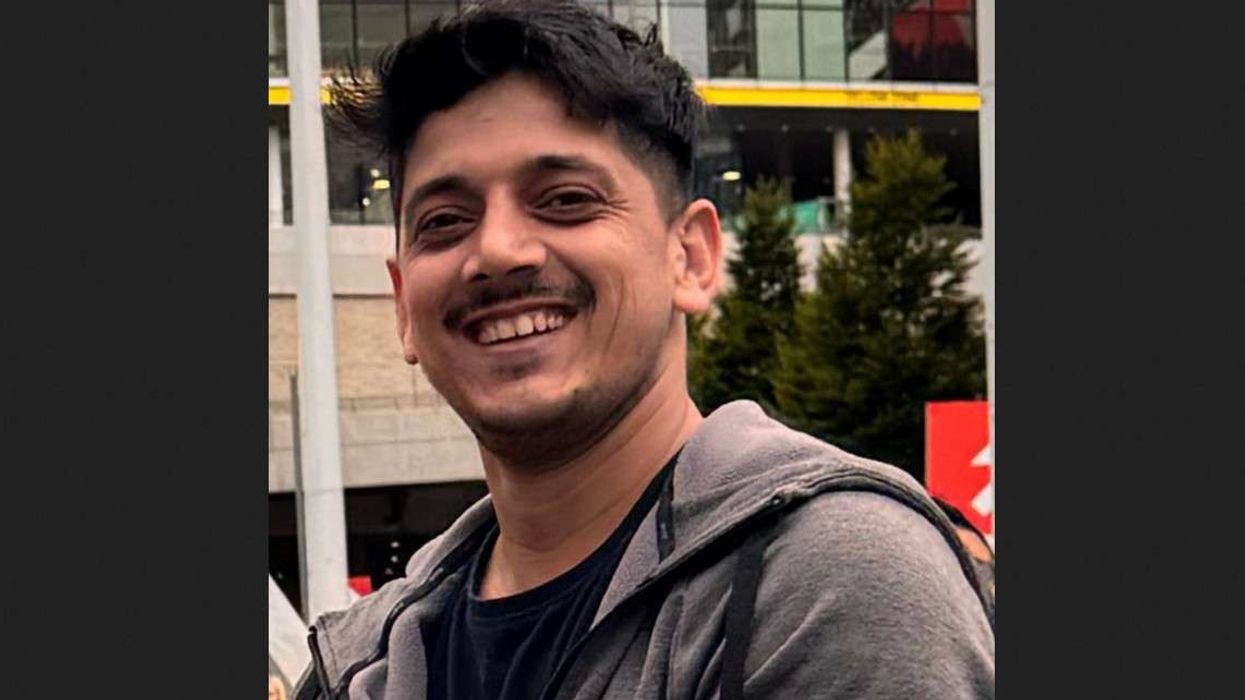

Anurag Bajpayee's Gradiant: The water company tackling a global crisis